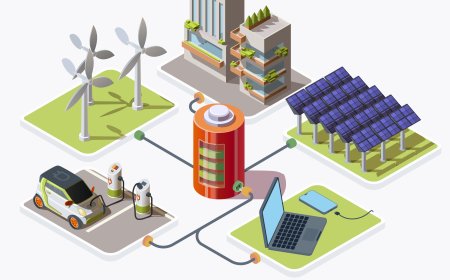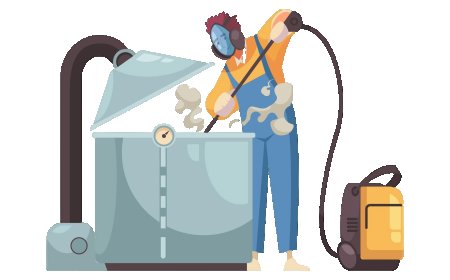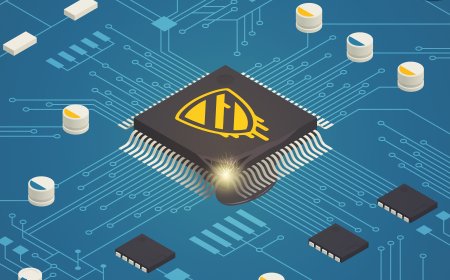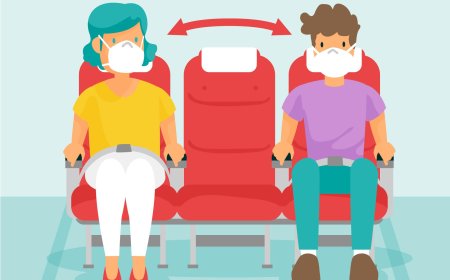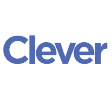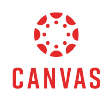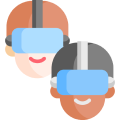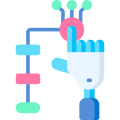- Learn the fundamentals of dry etching and wet etching, including their roles in pattern transfer and material removal.
- Use virtual tools to adjust key parameters like etch rate, temperature, and chemical concentration, ensuring accurate patterning on wafers.
- Familiarize yourself with Chemical Vapor Deposition (CVD) and Physical Vapor Deposition (PVD) methods for creating thin films.
- Use interactive simulations to control deposition rates, temperatures, and material selection, observing their effects on layer thickness and uniformity.
- Experiment with different materials and observe their influence on etching and deposition outcomes.
- Assess virtual scenarios to optimize material selection and process conditions for performance, reliability, and quality control.
imaginX is used by many amazing schools and universities
University / College

